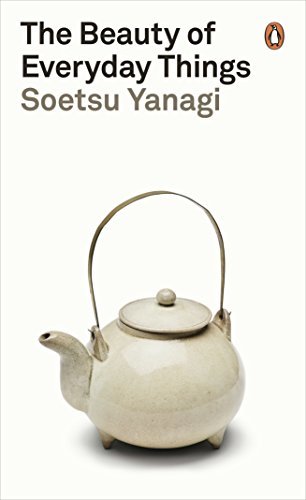What do you think?
Rate this book


316 pages, Kindle Edition
First published January 1, 2017
“Folk art is necessarily a hand craft. Aside from the hand of God, there is no tool as astonishingly creative as the human hand. From its natural movements are born all manner of beauteous things. No machine, no matter how powerful, can match its freedom of movement. The hand is nature’s greatest gift to humankind. Without it, beauty could not exist.”